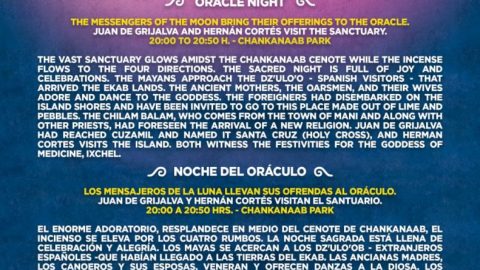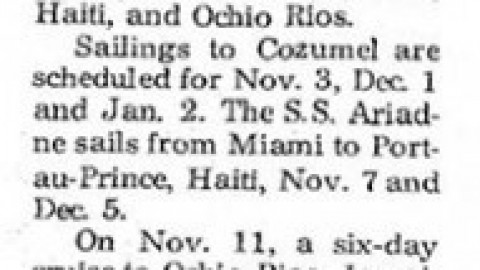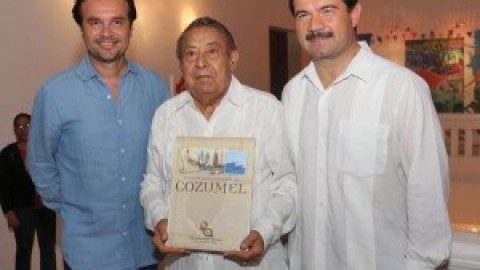In Mexico, no matter where you look and what month it is, there are always events and celebrations taking place throughout the country. Every year, from the first Friday in October until the first Monday in November, Guadalajara’s month-long festival takes place around a specific theme; this year’s motto is “47 years of tradition.” The popular event in the state of Jalisco has entertainers, dances, films, ballet, paintworks, the traditional palenque, concerts and cockfights, livestock fair, sport activities, also handmade and industrial products are sold.
From October 3 to the 21st. in Guanajuato, birthplace of the Mexican War of Independence and considered World Heritage Site by UNESCO, one of the four most important artistic and cultural events of its type in the world takes place: the International Cervantine Festival. As member of the European Festivals Association and marking its 40th edition with more than 3000 performers this year, this colonial city, its plazas, parks, theaters and streets are filled with the most relevant expressions in opera, theater, dance, visual arts, music, film and literature from the five continents. One can join the bustle of the traditional “callejoneadas” while between laughs and lively tunes played by the estudiantinas you walk along cobblestone streets discovering many secrets of Guanajuato’s streets, such as the famous “Alley of the Kiss”, narrow enough that it allowed lovers to kiss each other from their balconies. This Festival has its roots in the performance of short plays with a tint of comedy, the Interludes, written by Miguel de Cervantes Saavedra, the renowned author of a famous book which begins with the words “In a village of La Mancha, the name of which I have no desire to call to mind, there lived not long since one of those gentlemen…”, the immortal Don Quixote. Cervantes is considered one of the world’s leading representatives of the Spanish language sharing with William Shakespeare an honored place in universal literature. Cervantes and Shakespeare never met but, interestingly enough, both died on the same year.
In Mexico, celebrations reflect a rich pre-Hispanic heritage, culture and diversity as well as the religious influence of Spanish colonialism. Such is the case in Yucatan with the feast to the Exalted Christ from October 18 to the 28th, when the most revered image is carried in procession by pilgrims of Sitilpech all the way to Izamal, where candles and flowers are placed at the foot of the image. The second Monday in October, in the quaint village of Santa Maria del Tule in Oaxaca a celebration takes place around one of the oldest trees in the world: the colossal 41 mts high, 2000 plus old Tule Tree (Montezuma Cypress) or Ahuehuete (“old man of the water” in ancient Nahuatl) Two Mixtec legends speak about the origins of the Tule Tree (“tree of illumination”); one tells us that the tree was planted around 1400 years ago by Ehécatl, god of the wind; the second one speaks about mighty king Condoy, builder of the city of Mitla, who sat down to rest and as he stuck his cane into the ground, the plant sprung forth.
- HammocksYucatan Monica Sauza - February 8, 2024
- Holidays Mexico 2024 - January 4, 2024
- Christmas Mexico Monica Sauza - December 21, 2023


















